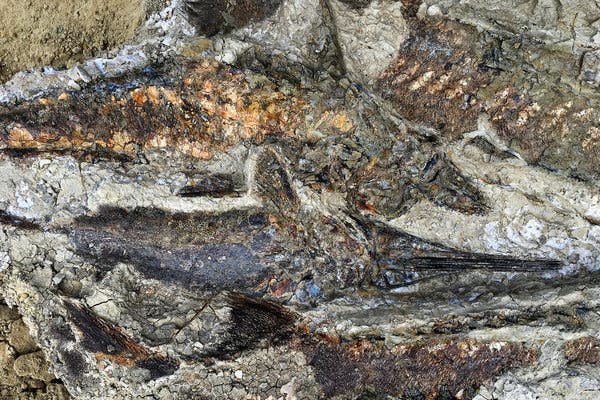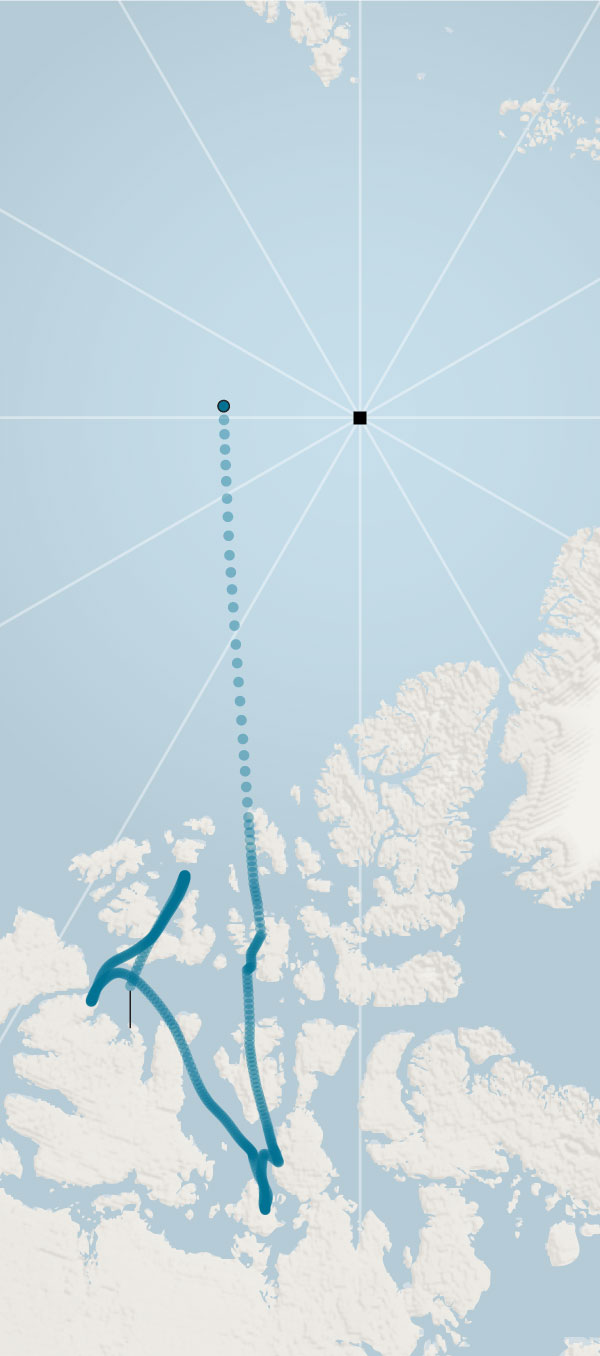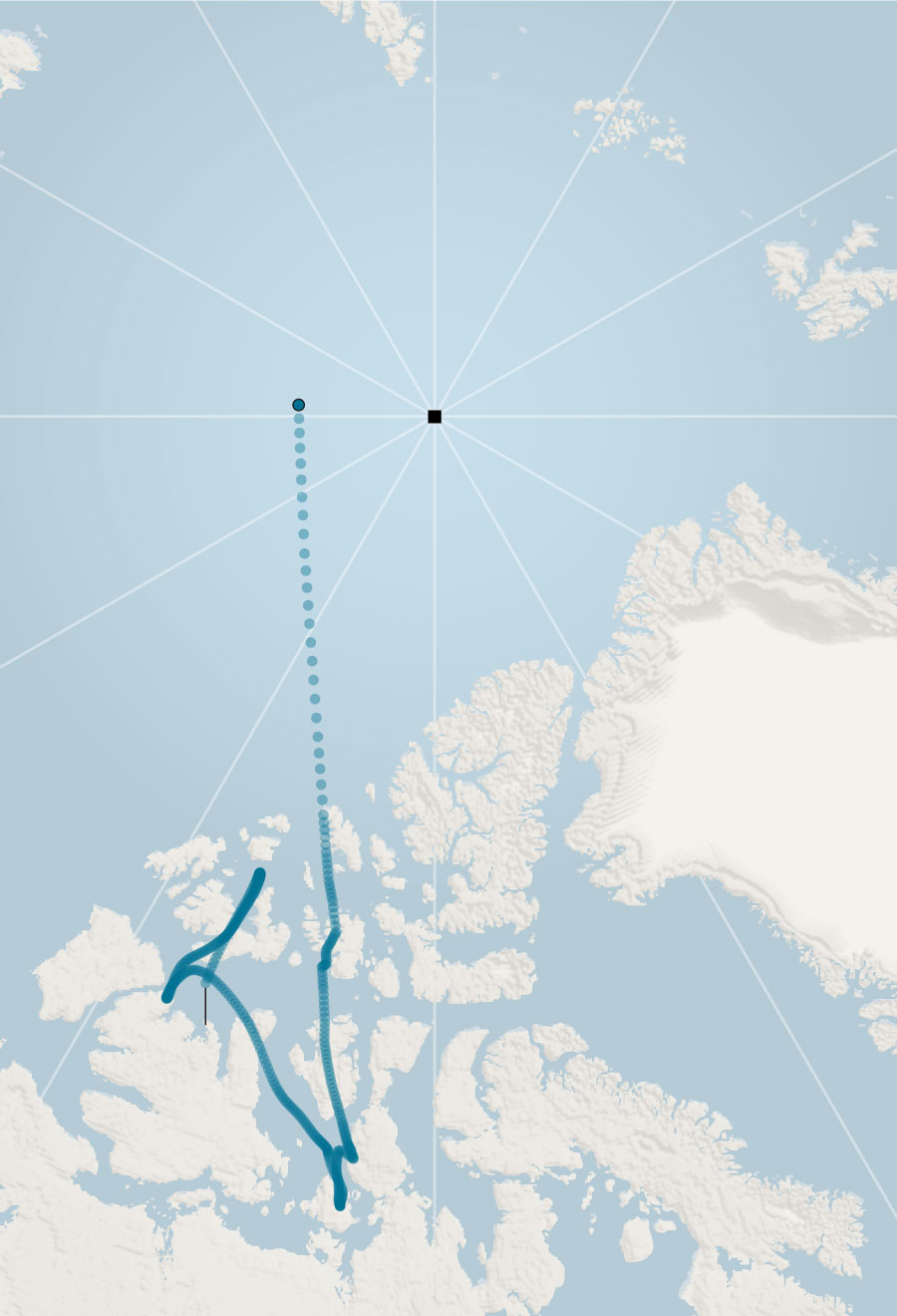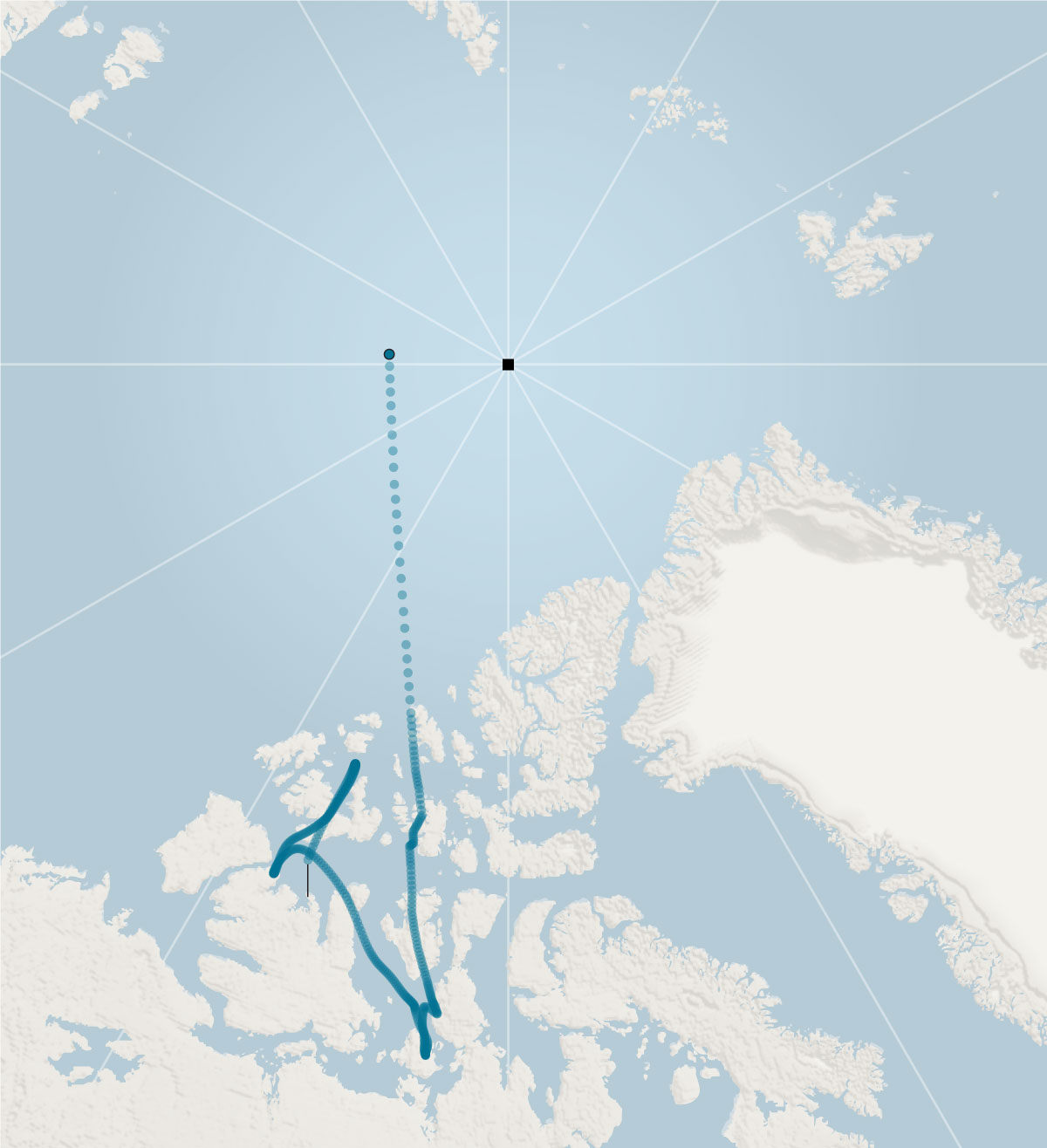It’s not easy to say that any particular space or astronomy development was the most important in a given year. But if we had to choose some highlights, we’d opt for these unforgettable events and findings.
-
Read about the year in climate change news here;
-
Read about the year in space and astronomy news on Sunday;
-
Read about the year in medical and health news on Monday;

You probably know the broad outline of the story: 66 million years ago, a giant meteorite landed in what is now the Gulf of Mexico, and ended the dinosaurs. This year, various teams of scientists, working independently, helped fill in the picture of exactly what happened on that fateful day.
The biggest discovery was a site in North Dakota that preserved a jumble of fossilized fish and plant life that may have been thrown together by a tsunami on the very day of the meteorite strike. Closer to the impact site, scientists also cataloged a geological timeline of disasters that befell Earth that day. And researchers detailed evidence found in Europe that the Chicxulub event acidified the ocean in a flash, extinguishing much of Earth’s ocean life at the time.
An exhaustive analysis of hundreds of bird species in the United States and Canada contained a warning: The majority of bird species are in decline, many by huge numbers. The likely culprits? Habitat loss and pesticides.
This year we met a new extinct human relative, Homo luzonensis. It was discovered in a cave on Luzon Island in the Philippines, and adds further complexity to the story of human evolution.
It really does. Clive Wynne, a psychologist specializing in dog behavior, contends that what makes your furry friend special is not its intellect but its ability to bond with you. And not just with you. The dog’s ability to bond across species — with sheep, goats, even (horrors!) cats — makes them an evolutionary success story.
Your cat may or may not like-like you. But it is strongly bonded to you, and in an unfamiliar situation, when it feels threatened, it is likely to turn to you for comfort.
Almond milk is over. Oat milk is canceled. What’s in? Spider milk. Burying beetle milk. Great white shark milk. Flamingo milk. Which raises the question: what exactly is milk? Not all experts agree, but some scientists say that if a substance is synthesized or highly modified by a parent, and the offspring’s life depends on it, that’s milk. Now excuse us while we put out cookies and pink flamingo milk for Santa.
At home, Russia, like the United States and other countries around the world, has embraced the promise of 5G, the next generation of cellphone technology. But in the U.S., RT America, the broadcast network run by the Russian government, has been warning American viewers that the telecommunications technology will kill and disable children. Many alarming claims about 5G technology are linked to bad, debunked science. The U.S. intelligence agencies describe RT America as “the Kremlin’s principal international propaganda outlet.” The network has taken aim at fracking, vaccination and even the U.S. electoral process; now it has applied its playbook to cellphones.
Thirteen species of salmon and steelhead trout are considered threatened or endangered in the Northwest’s Columbia basin region. Wild Chinook salmon could disappear within the next 20 years, according to one Forest Service expert. The fish are a keystone food source for other species, and an endangered population of orcas may be starving for lack of enough wild salmon to eat. Many scientists favor removing dams on some rivers to save the orcas and the fish. But the idea faces resistance from government agencies that manage the rivers.
A video of salmon traveling through a long tube went viral in 2019. You probably watched it. But the Whooshh cannon — its actual name — is a serious tool that conservationists are testing not only to help fish migrate, but to contain invasive carp that foul North American waterways. If it doesn’t work, scientists have other ideas, like koi herpes.
Robert Ballard, the ocean explorer who found the wreck of the Titanic, set his sights on solving the enigma of Amelia Earhart’s fate. Following an irresistible hint, his crew headed to the Pacific island nation of Kiribati, spending weeks searching for her crashed plane by air, land and sea. They returned empty-handed, but with one bit of solace: A blurry clue from an old picture, which had driven years of speculation about Earhart’s final resting place, can probably be dismissed for good.

RUSSIA
North magnetic pole
2019
North Pole
GREENLAND
ELLESMERE
ISLAND
BAFFIN
ISLAND
CANADA

RUSSIA
SVALBARD
North magnetic pole
2019
North Pole
GREENLAND
ELLESMERE
ISLAND
BAFFIN
ISLAND
CANADA

RUSSIA
SVALBARD
North magnetic pole
2019
North Pole
ELLESMERE
ISLAND
GREENLAND
BAFFIN
ISLAND
CANADA
The North Pole is at the very top of the world, right? Actually, the planet’s magnetic north is a considerable distance from 90 degrees north, and it moves around. Lately it has moved more than expected, requiring scientists to update the World Magnetic Model a year earlier than planned. The tinkering ensures that modern navigation tools will continue to function properly, but it is a reminder of the geoscience mysteries deep beneath Earth’s surface.
When does life end and death begin? Scientists seem to have blurred that line when they managed to restore cellular activity in brains removed from slaughtered pigs. Although the pig brains did not exhibit any higher functions, some cells regained metabolic activity. The research is preliminary, but it upends standard medical thinking about the brain and raises more than a few metaphysical conundrums.
Happy 150th birthday to the Periodic Table of Elements! As scientists celebrated Dmitri Mendeleev’s enduring array of chemical elements this year, some also wondered whether there might be a better way to organize the stuff of the universe. A New and Improved Table could come in handy: As more superheavy elements are discovered, their behaviors could challenge the integrity of Mendeleev’s memorable chart.






